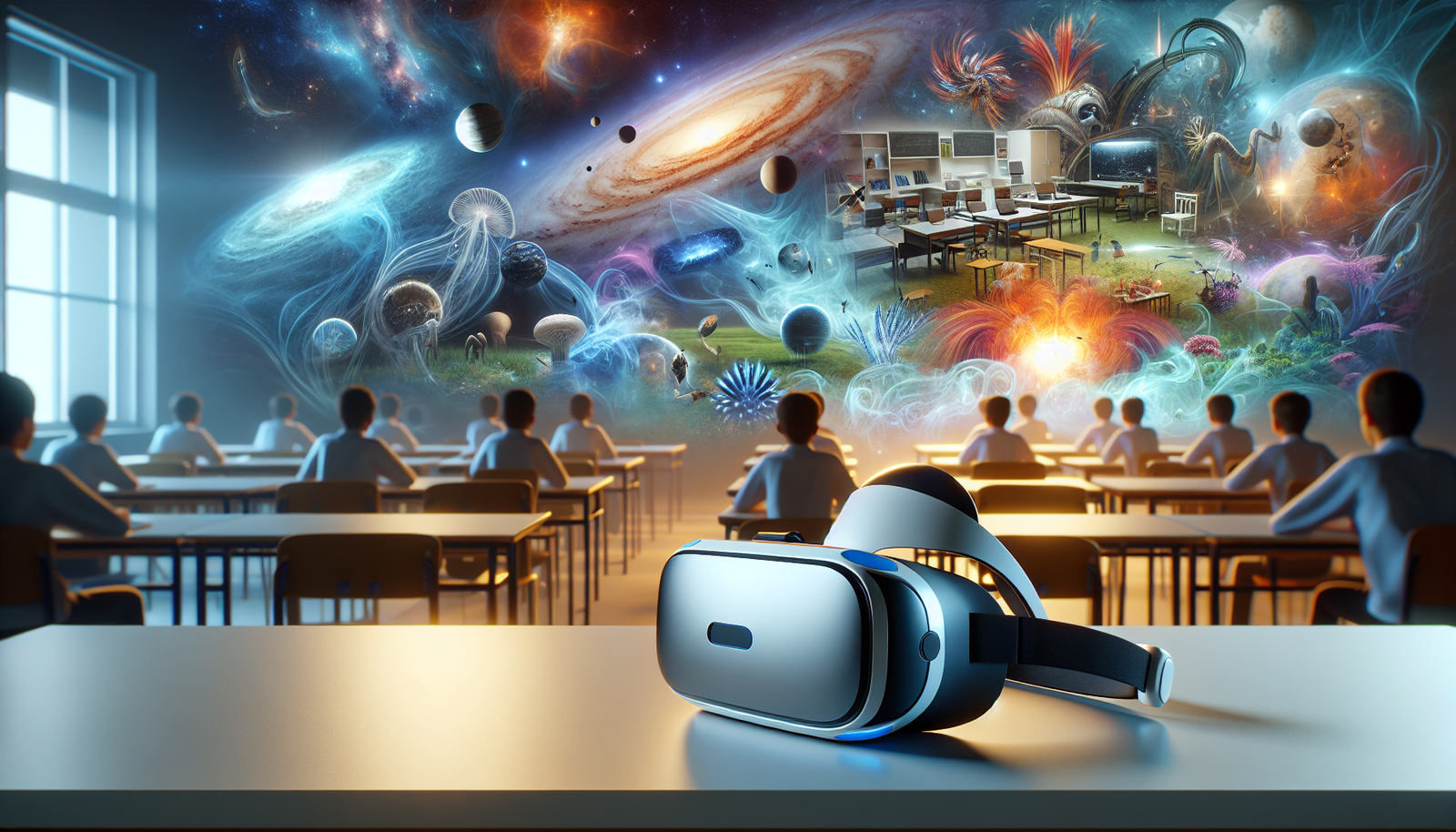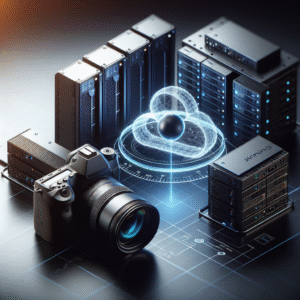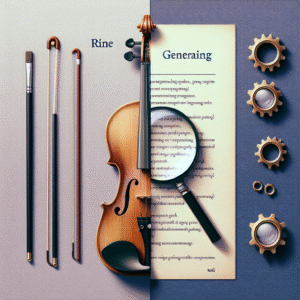Have you ever imagined stepping into a classroom where the walls disappear and the lessons come to life? That’s the magic of Virtual Reality (VR) in education! It’s incredible to think about how technology can change the way we learn and interact with information. In this article, I’ll share my thoughts on the impact that VR technology is having on education, exploring both its benefits and challenges, and how it shapes the future of learning.
Understanding Virtual Reality (VR)
Virtual Reality is more than just a buzzword; it’s a revolutionary technology that transports users to immersive, computer-generated environments. I’ve had my own experiences with VR, and it’s nothing short of remarkable. By using VR headsets and equipment, users can interact with a digital world that feels surprisingly real.
While VR is often associated with gaming, its potential in education is quickly garnering attention. Imagine learning about ancient civilizations by walking through a virtual reconstruction of a historical site! That’s just one of the many ways VR can enrich our educational experiences.
The Evolution of Learning Approaches
Education has evolved significantly over the years. I can remember sitting in a classroom, learning primarily through textbooks and lectures. Today, we have a myriad of learning styles and teaching strategies. VR represents one of the latest shifts in this evolution.
Traditionally, education has emphasized rote learning. However, as we understand more about cognitive science, there’s a focus on experiential learning—learning through experience rather than memorization. VR fits right into this model by providing interactive experiences that engage students in a way that traditional methods simply cannot.
Different Types of Virtual Reality in Education
When I think about VR in education, I realize that it can take many forms. Here are a few of the most common types:
-
Fully Immersive VR: This requires a headset and sometimes additional equipment to provide a fully immersive experience. The user is completely surrounded by the virtual environment, which can simulate a different place entirely.
-
Non-Immersive VR: This type involves interacting with a virtual environment through a computer or mobile device without needing specialized equipment. Although it’s less immersive, it can still be engaging and educational.
-
Augmented Reality (AR): While not strictly VR, AR merges the real world with virtual elements. For instance, using a smartphone, I can point at a book and watch characters come to life or see information overlays enhanced by digital content.
Each type comes with its own set of applications, and I’ve found that different scenarios call for different approaches.
Benefits of VR in Education
Enhanced Engagement
I can’t stress it enough—engagement is key to effective learning! VR enhances student interest and motivation by creating realistic and captivating scenarios. When I’m experiencing a lesson in an immersive way, it captures my attention far more than a traditional lecture ever could.
Imagine learning about space by actually “visiting” the planets in a VR simulation. That level of engagement can lead to deeper understanding and retention of information compared to passive learning methods.
Real-World Applications
One of the most exciting aspects of VR is its ability to simulate real-world situations and scenarios. I remember learning anatomy in school, where we had to rely on textbooks and diagrams. With VR, students can now explore the human body in three dimensions, visualize processes, and even practice medical procedures in a safe environment.
This application isn’t limited to healthcare; fields such as engineering, architecture, and environmental science benefit significantly from VR. I find it empowering to see students applying theoretical knowledge to practical situations, enhancing their skills in a safe and controlled setting.
Accessibility
Accessibility in education is vital, and VR has a unique ability to bring learning experiences to students who might otherwise be unable to participate. For instance, students with disabilities can experience environments that would be challenging to access physically.
Taking a field trip might not be an option for every student, but with VR, it becomes an opportunity to visit places like museums, historical landmarks, or even different countries without leaving the classroom.
Challenges of Implementing VR in Education
While the benefits are abundant, I feel it’s crucial to acknowledge the challenges that come with implementing VR technology in educational settings. Here are a few barriers I’ve come across:
Cost
Implementing VR technology isn’t cheap. The headsets and software can be quite expensive, particularly for schools with limited budgets. Funding can be a significant hurdle, and I understand the multiple priorities that educational institutions must consider.
Technical Issues
Not every classroom is equipped to handle the technology required for VR. I remember troubleshooting software problems or dealing with hardware that didn’t work correctly. Technical issues can disrupt learning and lead to frustration for both educators and students.
Training for Educators
For VR to be effective, educators need adequate training to use the technology in the classroom. I’ve seen how unfamiliarity can lead to hesitation, preventing teachers from fully embracing the potential of VR in their lessons. Professional development is essential for effective integration.
Case Studies of VR in Education
Virtual Field Trips
One of the most notable uses of VR in education is virtual field trips. Students, including myself, can now explore places that are otherwise inaccessible within the limitations of time and budget.
For instance, I can take a virtual tour of the Louvre, walk through ancient Rome, or dive into the depths of the ocean—all from my classroom or home! These experiences provide rich learning opportunities that textbooks alone cannot offer.
Medical Training
In medical education, VR has made a profound impact. Medical students and professionals can practice surgical techniques in a risk-free environment. I’ve read about how VR simulations help improve surgical skills, leading to better outcomes when working with real patients.
Science Experiments
Science has also greatly benefited from VR. Imagine being able to conduct chemistry experiments without the risk of chemical reactions or accidents. With VR, I can engage in simulations that let me experiment with different reactions, observe outcomes, and learn through trial and error—all in a safe virtual space.
The Future of VR in Education
Looking ahead, I feel hopeful about the future of VR in education. As technology advances, I expect to see more sophisticated and affordable VR systems that can be widely adopted in classrooms.
Increased Accessibility
I believe that as VR technology becomes more advanced and less expensive, it will become accessible to more schools and students. With added support for teachers through training and resources, the possibilities are endless.
Personalized Learning
One exciting prospect is the ability to customize learning experiences using VR. I can envision scenarios where educational content adapts to a student’s learning pace or interests, providing tailored experiences that meet individual needs.
Collaboration and Social Learning
VR also has the potential to foster collaboration among students. Imagine working on a group project with classmates from around the world in a shared virtual environment. That kind of learning experience would be incredibly enriching and broaden our perspectives.
Conclusion
Reflecting on the impact of Virtual Reality on education, I find myself energized by the possibilities this technology brings. While challenges exist, the potential benefits for student engagement, real-world application, and accessibility are simply too significant to ignore.
As educators and institutions continue to explore and innovate, I believe we will see VR become a transformative force in the classroom. It’s an exciting time to be a part of the educational landscape, and I’m eager to see how VR shapes the future of learning for generations to come. The classroom of tomorrow may very well be a place where the walls disappear, and the lessons become wonderfully immersive experiences that open our minds to new possibilities.






